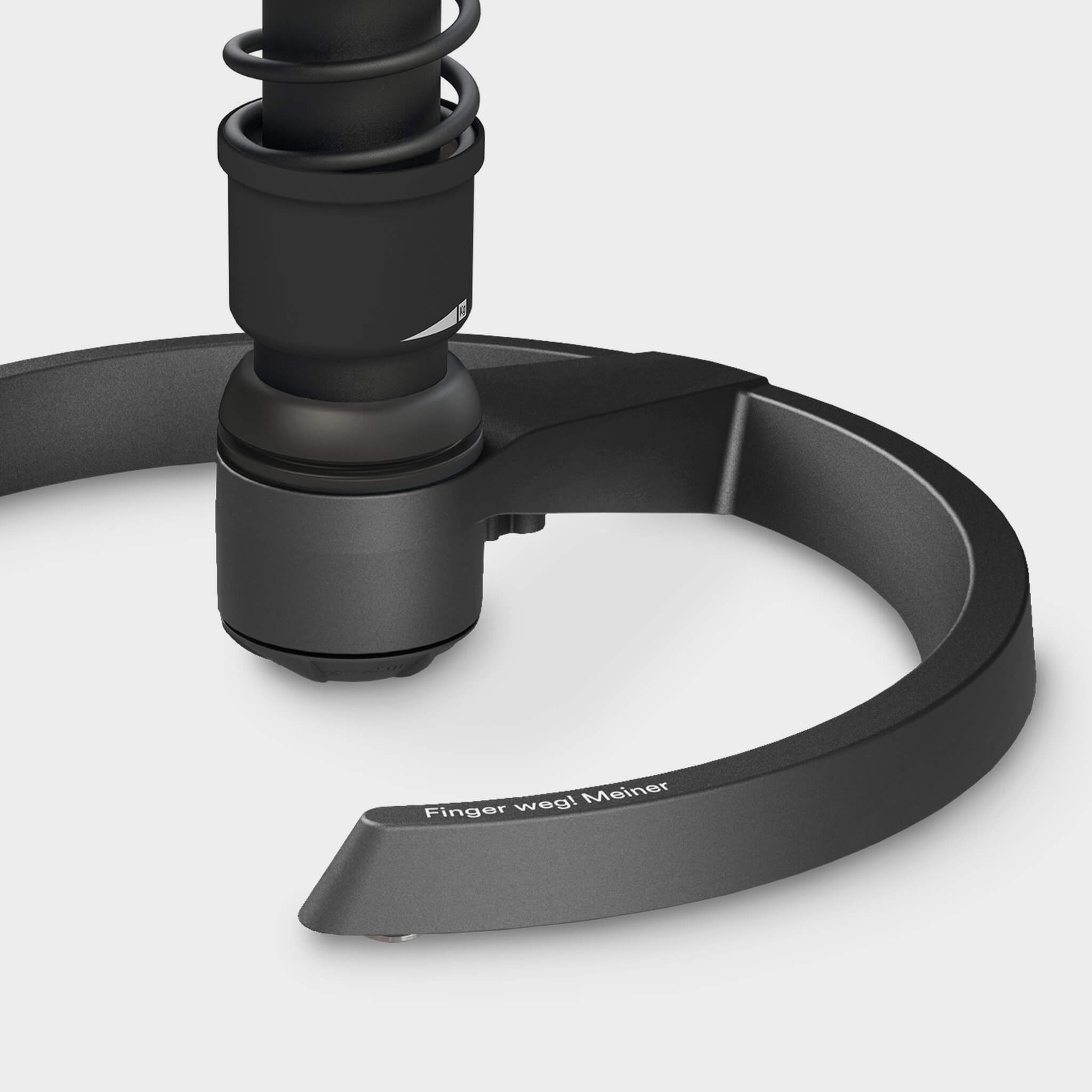Was ist Osteochondrose?
Bei der Osteochondrose handelt es sich um eine degenerative Erkrankung der Knochen. In der Wachstumsphase der Knochen wird normalerweise der Knorpel in Knochen umgewandelt. Kommt es zu einer Störung, wird die Knorpelschicht immer größer und wandelt sich nicht in Knochen um. Die zwei bekanntesten Arten der Osteochondrose sind die Osteochondrosis dissecans und die Osteochondrosis intervertebralis.
Was ist eine Osteochondrose intervertebralis?
Der Wirbelverschleiß aufgrund dauernder Fehlbelastung durch zu langes Stehen oder Sitzen kann negativen Einfluss auf die Wirbelsäule haben. Die Fehlbelastung wird über lange Zeit von den Bandscheiben aufgefangen, sie verlieren dadurch an Größe und können Stöße nicht mehr gut abfangen. Wenn nun Bewegungsmangel hinzukommt, erschlaffen auch die Muskeln und können die Bandscheiben beim Abfangen von Stößen und Belastung nicht unterstützen, mit der häufigen Folge eines Bandscheibenvorfalls. Doch muss es nicht nur der klassische Bandscheibenvorfall sein. Auch eine Skoliose kann durch die krankhafte Fehlstellung eine Osteochondrose verursachen.
Ein Arzt erkennt die Osteochondrose intervertebralis an der abnehmenden Höhe von Bandscheiben oder der Verhärtung von Knochengewebe durch Vermehrung von Bindegewebe (Sklerosierung). Durch die hohe Belastung der Lendenwirbelsäule tritt die Erkrankung häufig im unteren Bereich der Wirbelsäule auf, aber auch Erkrankungen im Bereich der Halswirbelsäule sind bekannt.
Was ist eine Osteochondrose dissecans?
Die Osteochondrose dissecans tritt in Gelenken auf, die stark belastet werden, wie Kniegelenk, Sprunggelenk oder Ellbogengelenk. Die Ursache für diese Art der Osteochondrose liegt in der Knochenzersetzung, was heißt, dass der Körper die eigenen Knorpelzellen nicht schnell genug in Knochenmaterial umwandeln kann. Wenn starke mechanische Belastungen, zum Beispiel Rennen, von gesunden Gelenken abgefangen werden, kann es im Laufe der Zeit zu einer Schwächung der Knochen- und Knorpelsubstanz kommen und schließlich zu einer Ablösung von Knochenteilchen. Das führt zu einer Veränderung der Gelenkflächen. Übrigens kann auch Rheuma eine Osteochondrose dissecans auslösen.
Welche weiteren Formen der Osteochondrose gibt es?
Die Osteochondrose kann als Morbus Scheuermann bereits bei Jugendlichen auftreten. Da die Wirbelsäule bei jungen Menschen durch zu häufiges, langes Sitzen in Kombination mit einer schwachen Rückenmuskulatur anfällig ist für Fehlhaltungen, kommt es hier zu einer starken Fehlbelastung. Es kommt zu Schäden an der Wachstumszone zwischen den Wirbeln und die Wirbel wachsen langsamer als sie sollten. Wird die Schwäche nicht rechtzeitig erkannt und Schonhaltungen eingenommen, können einmal entstandene Schäden (Rundrücken, Buckel) nicht mehr rückgängig gemacht werden.
Eine weitere Form der Orcheondrose ist Morbus Perthes, eine orthopädische Kinderkrankheit, die überwiegend bei Jungen mit weißer Hautfarbe zwischen dem fünften und neunten Lebensjahr auftritt. Vermutlich aufgrund von Durchblutungsstörungen oder einer hormonellen Dysfunktion kommt es zu einer Vergrößerung des Hüftkopfes mit begleitenden Schmerzen.
Wie kann man der Osteonchondrose vorbeugen?
Den meisten Arten dieser Erkrankung können durch gymnastische Übungen und gezielter Bewegung zur Muskelstärkung entgegengewirkt werden. Gerade bei den Rückenerkrankungen gibt es eine Vielzahl von Möglichkeiten, Bauch- und Rückenmuskulatur aufzubauen, zum Beispiel durch dynamisch-aktives Sitzen auf einem Aeris Swopper. Wissenschaftlich wurde auch nachgewiesen, dass viele Osteochondrose-Patienten unter Vitamin D-Mangel leiden, weshalb auch die richtige Ernährung bei der Vorbeugung eine Rolle spielt. Empfohlen wird eine ausreichende Versorgung mit Vitamin D sowie die Aufnahme von Nahrung mit leicht verwertbaren Mineralstoffen wie Milchprodukten und Fisch, Fleisch jedoch nur in geringen Mengen.
